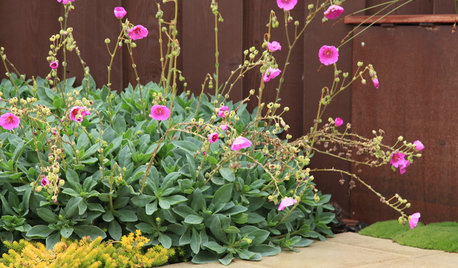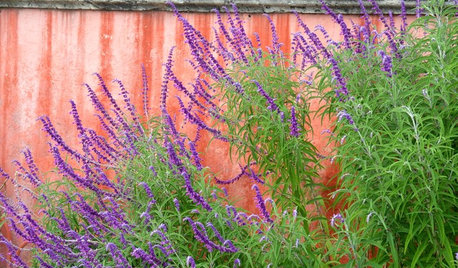Bahia- soil amendments, clay tolerant succulents?
elvie z9CA
12 years ago
Featured Answer
Sort by:Oldest
Comments (8)
calistoga_al ca 15 usda 9
12 years agoRelated Professionals
Arnold Landscape Architects & Landscape Designers · Southfield Landscape Architects & Landscape Designers · Roxbury Crossing Landscape Architects & Landscape Designers · Concord Landscape Contractors · Avocado Heights Landscape Contractors · Biloxi Landscape Contractors · Lehigh Acres Landscape Contractors · Matteson Landscape Contractors · Quincy Landscape Contractors · Rockwall Landscape Contractors · Southbury Landscape Contractors · Wichita Window Contractors · Redwood City Window Contractors · Waupun Window Contractors · Webster Groves Window Contractorsjenn
12 years agoDick_Sonia
12 years agojenn
12 years agoelvie z9CA
12 years agobahia
12 years agohoovb zone 9 sunset 23
12 years ago
Related Stories

LANDSCAPE DESIGNFlood-Tolerant Native Trees for Soggy Soil
Swampy sites, floodplains, even standing water ... if you've got a soggy landscape, these trees are for you
Full Story
GARDENING GUIDESHow to Stop Worrying and Start Loving Clay Soil
Clay has many more benefits than you might imagine
Full Story
GARDENING GUIDESGardening Solutions for Heavy Clay Soils
What’s a gardener to do with soil that’s easily compacted and has poor drainage? Find out here
Full Story
GARDENING GUIDESGardening Solutions for Dry, Sandy Soils
Has your desert or beachy site withered your gardening creativity? Try these ideas for a beautiful, easy-care landscape
Full Story
GARDENING GUIDESGet the Dirt on Your Garden’s Soil
Understand how your soil supports your plants so you can ensure your garden’s success
Full Story
GARDENING GUIDES10 Solutions for Soggy Soil
If a too-wet garden is raining on your parade, try these water-loving plants and other ideas for handling all of that H2O
Full Story
GROUND COVERS10 Succulents That Make Pretty, Easy-Care Ground Covers
These low-growing succulents create interest in the drought-tolerant garden
Full Story
GARDENING GUIDES10 Cold- and Heat-Tolerant Perennials and Shrubs for the Arid West
These flowering native plants shrug off the cold of winter and heat of summer while adding beauty to the drought-tolerant landscape
Full Story
GARDENING GUIDES10 Plants for Colorful Fall Blooms in the Drought-Tolerant Garden
Want fall color but not a big water bill? Consider these not-too-thirsty fall bloomers
Full Story
GARDENING GUIDESGarden Myths to Debunk as You Dig This Fall and Rest Over Winter
Termites hate wood mulch, don’t amend soil for trees, avoid gravel in planters — and more nuggets of garden wisdom
Full Story







bahia